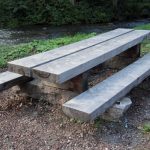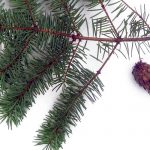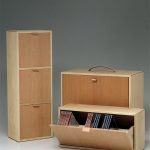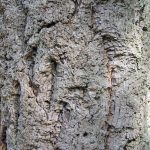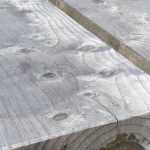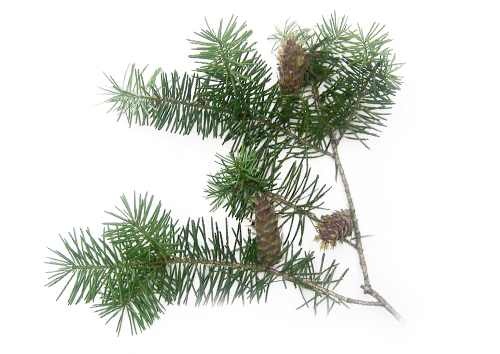
- Red Fir, Douglas-fir, Douglas Pine, Puget sun pine, Oregon pine, Oregon spruce (USA)
- Puget sound pine, Canadian Douglas Fir (Canada)
- Acahuite, Pinabete, Pino de corcho (Mexico)
- Douglasfichte (Germany)
- Douglasgran (S)
- Douglasie (D)
- Sapin de douglas (F)
Distribution
- In North America several subspieces of the tree can be found, often in groups with other coniferous trees and partly as dense untouched forests.
- It is also cultivated in Europe. However, this tree is not similar to the one imported from the USA, which, in sawn timber, is known as Oregon pine.
- The cultivation of the Douglas spruce has been tried out in Finland since the beginning of the century. Nowadays seed is gathered from the best woods, and quality cultivation material is available as well.
Habitat
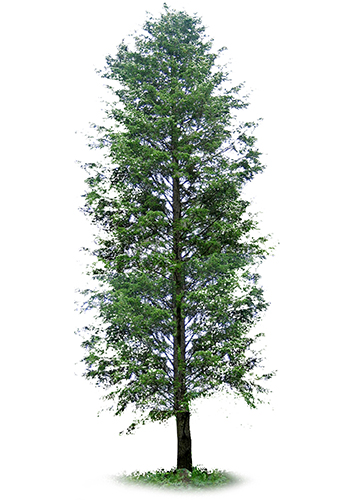
- Douglas spruce thrives in fresh, water permeable soil.
- Its growth in suitable habitats has been a bit better than the growth of Finnish coniferous trees. It is apparently the biggest tree growing in Finland, as a 200-year-old tree may still grow robustly.
Growth characteristics
- Douglas spruces are evergreen.
- Douglas spruce is fast-growing. In Finland it may grow up to 40 meters in height.
- A young trunk is smooth and thin, dark grey or greenish, and resinous. As it gets older it grows thicker and becomes rough with its deep clefts and wide, round bark scales. The crown is conical and fairly broad.
- Douglas spruces resemble fir trees.
Properties of wood
- The sapwood and heartwood of Douglas spruce are clearly distinguished. The sapwood is light-coloured and the heartwood reddish. Air causes the wood to darken.
- As sawn timber the American Douglas spruce is called Oregon pine.
- It is easy to work and lathe. As sawn timber it is excellent and valued.
- Oregon is one of the toughest coniferous trees. The wood is hard and rot resistant.
- It is hard, averagely shrinking, somewhat acid resisting and resinous, mostly straight grained, of medium weight and beautifully patterned. It is easy to work and polish.
- Humidity causes the wood to swell only slightly. The wood retains its shape also when it’s dry.
- At its heaviest the wood mainly resembles larch, and at its lightest it can be compared to spruce, fir tree or pine.
- The weight of air-dry sawn timber is 550kg/m3.
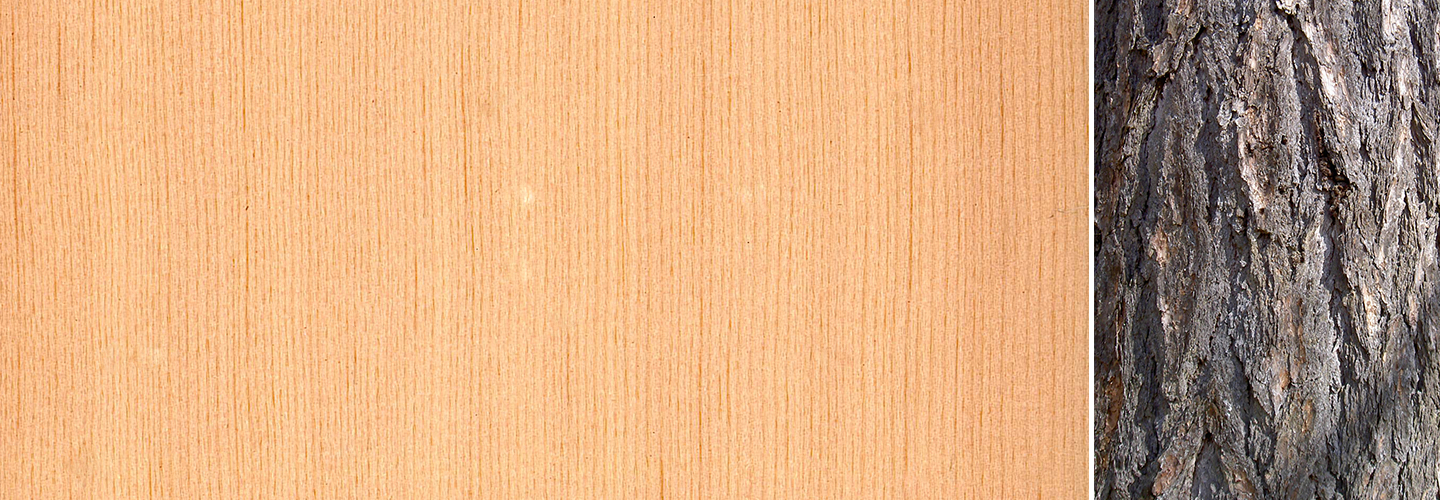
Usage
- The Oregon pine (Douglas spruce) is used diversely around the world: as wood for furniture, for inside and outside constructions of buildings, for parquets, and for planking of floors, walls and ceilings.
- It is also used for dock constructions, in boat and ship yards (for example masts), and as railroad ties (impregnated).
